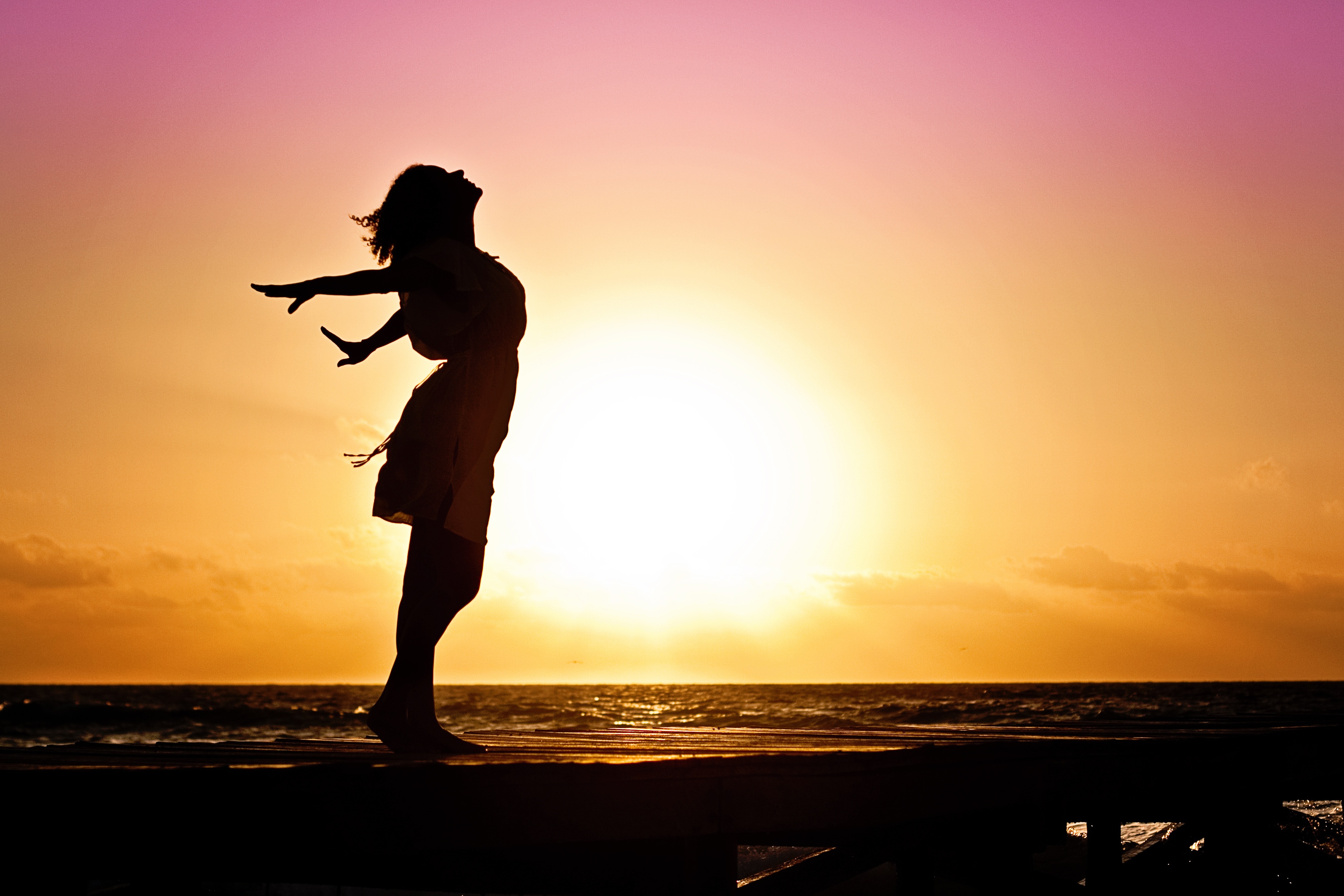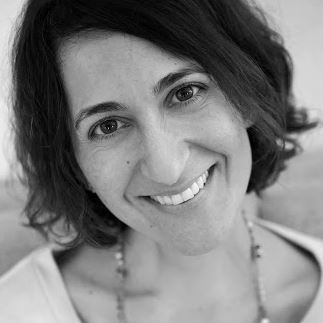 Photo from Pexels.
Photo from Pexels. Eat healthier. Exercise more. GET more sleep. Meditate. Read more books.
It’s been years since I’ve made New Year’s resolutions. I used to relish the opportunity to set intentions from a clean slate. But after my diagnosis, my scale of what mattered in life forcibly recalibrated.
None of the prior resolutions held much weight. Quite frankly, it all seemed silly. Battling a chronic disease, I no longer had the luxury of seeing life through short-term, annual goals. I was forced to take the long view. I had to resolve to find a way to survive emotionally while my body deteriorated physically.
It took a couple of years to learn how to navigate the process. I hid for a while. I didn’t know how to accept what was happening to me nor share it with others. I was stuck in wishing it weren’t true, in wishing people wouldn’t find out. Back then, I was still able to hide underneath some layers.
Layer by layer, I’ve been undressing in front of others.
I can’t quite remember when I peeled off the first outer layer. Maybe it was when I burst into tears sitting in my residency program director’s office, sharing my diagnosis. Or maybe when I stood on the street corner in front of my office building, spontaneously telling my new suitemate my secret.
Regardless, once I learned to shed my outerwear, I felt more comfortable. I went a little further. Two years into my diagnosis, I gave a “coming out” speech at the inaugural Neuromuscular Disease Foundation (NDF) gala. I cried in front of 600 guests, sharing my most intimate feelings of living with this disease. It was uncomfortable and liberating. Scary and reassuring. Ultimately, it was a tremendous relief. This was who I was, this was what was happening to me. Now everybody knew. Five years in, I wrote my first blog post.
Layer by layer, I’ve been undressing in front of others. In 2017, after 12 years of trying to prevent any kind of digital footprint connecting me to my disease, I wrote my first piece for the Jewish Journal. A few months after that, I became an official contributor for The Mighty. I’ve even added a photo and bio to my anonymous blog.
Here’s what happened when I stripped down to (what felt like) almost nothing in 2017:
I received a voicemail from an 80-year-old retired OB-GYN thanking me for my article. He said he admired me and that he didn’t have “one tenth of the courage” I had.
A regular blog reader shared one of my posts with an artist friend who was going through a hard time. She was inspired to create a piece of art titled “Locking Eyes with the Beast of Pain and Loss.”
A woman in New York who lost her daughter to a genetic disease nine years ago came across my article about feelings. She was moved by how deeply it resonated with her own grieving process. She posted it on her Facebook page. “What amazes me about this article is the author’s understanding that feeling her emotions (her sadness, anger, pain) is the only way to feel gratitude and meaning in her life.”
I only learned about her post because she is the cousin of a dear friend and NDF board member here in L.A.
My friend in Israel is an autism specialist who has been working with families internationally for over 20 years. She dedicated a video blog to my piece about cultivating happiness in the face of uncertainty, believing members of her community would benefit from it.
Finally, the senior rabbi at my temple invited me to speak to her “LifeQuest” group — congregants who are navigating life’s transitions after age 60 — to share my strategies on coping with change, from a professional and personal standpoint.
I share the above to illustrate one fundamental truth: We are all the same naked on the inside, just different shapes and sizes. Yes, from the exterior we seem different, but on the inside we are far more similar than not. Not one person who was touched by something I wrote is personally struggling with a progressively debilitating, muscle-wasting disease. Yet everyone could relate to the pain, grief and loss. It is a universal experience.
Don’t be afraid to reflect that in how you live your life. Now, more than ever, we need to feel connected to one another. We need to have compassion for each other. We need to be there for each other.
Dr. Jennifer Yashari is a board-certified psychiatrist in private practice in Los Angeles.























 More news and opinions than at a Shabbat dinner, right in your inbox.
More news and opinions than at a Shabbat dinner, right in your inbox.